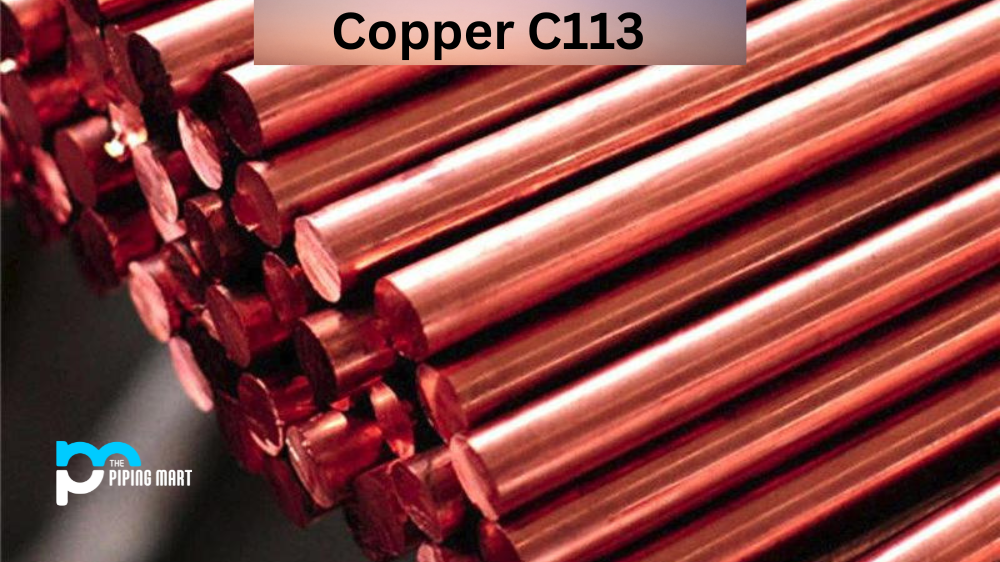Hastelloy G3 comes as a saviour in industries requiring high corrosion resistance. It is a nickel-based alloy with higher resistance to corrosive elements like acids, chlorides, and seawater than other alloys. It is becoming increasingly popular in several industries, such as aerospace, chemical, and petrochemical. In this blog, we will delve deeper into what Hastelloy G3 is, its composition, properties, use hardness, heat treatment, welding, and, most importantly, its corrosion-resistant properties.
Hastelloy G3 Composition
Hastelloy G3 is a nickel-based alloy comprising 22% chromium, 22% molybdenum, and 5% iron, making it extremely corrosion-resistant. The high chromium and molybdenum content resist a wide range of corrosive agents.
| Element | Content (%) |
|---|---|
| Chromium, Cr | 21-23.5 |
| Iron, Fe | 18-21 |
| Molybdenum, Mo | 6-8 |
| Cobalt, Co | 5 max |
| Copper, Cu | 1.5-2.5 |
| Tungsten, W | 1.5 max |
| Silicon, Si | 1 max |
| Manganese, Mn | 1 max |
| Niobium+Tantalum (Ni+Ta) | 0.5 max |
| Phosphorus, P | 0.04 max |
| Sulfur, S | 0.03 max |
| Carbon, C | 0.015 max |
| Nickel, Ni | Remainder |
Hastelloy G3 Physical Properties
astelloy G3 has an excellent combination of high-temperature strength and oxidation resistance. It has a density of 8.22 g/cm3 and a melting point of 1399°C. The alloy exhibits good thermal conductivity and low thermal expansion, giving it excellent resistance to thermal fatigue.
| Properties | Metric | Imperial |
|---|---|---|
| Density | 8.3 g/cm³ | 0.3 lb/in³ |
| Melting point | 1343ºC | 2450ºF |
Hastelloy G3 Mechanical Properties
Hastelloy G3 has excellent mechanical properties. Its high strength, toughness, and ductility make it an ideal material for welding. The alloy can withstand stress corrosion cracking and pitting corrosion, making it a reliable material for critical applications.
| Tensile Strength, min. | Yield Strength, min. | Elongation, min. | Hardness, min. | ||
|---|---|---|---|---|---|
| Mpa | ksi | Mpa | ksi | % | HRB |
| 690 | 100 | 320 | 47 | 50 | 79 |
Hastelloy G3 Equivalents
- ASTM B582
- ASTM B619
- ASTM B622
- ASTM B626
- DIN 2.4619
Hastelloy G3 Uses
Due to its superior corrosion resistance, Hastelloy G3 finds extensive use in the aerospace, chemical, petrochemical, and marine industries. It is used in heat exchangers, reaction vessels, valve components, pumps, and agitators, among other applications.
Hastelloy G3 Hardness
Hastelloy G3 has a hardness of 205 HBW. However, the hardness can be increased or decreased by heat treatment processes.
Hastelloy G3 Heat treatment
Hastelloy G3 can be heat-treated to improve its mechanical properties. Annealing, quenching, and tempering can be used to adjust the hardness and ductility of the alloy.
Hastelloy G3 Welding
Hastelloy G3 is highly weldable, and several welding techniques can be used depending on the application. Gas tungsten arc welding (GTAW) or Tungsten Inert Gas (TIG) welding is preferred for thin sheets, while gas metal arc welding (GMAW) can be used for thicker sections.
Hastelloy G3 Corrosion Resistant
The most significant advantage of Hastelloy G3 is its exceptional corrosion resistance. It can withstand harsh corrosive environments caused by acids, chlorides, seawater and other corrosive agents. Hastelloy G3’s corrosion resistance reduces the need for regular maintenance, making it a cost-effective solution for many industries.
Conclusion
In conclusion, Hastelloy G3 is valuable for industries requiring high resistance to corrosive elements. Its unique properties, including heat resistance, mechanical strength, and corrosion resistance, make it an ideal material for various applications. As such, it is critical to understand the composition, properties, uses, hardness, heat treatment, welding, and corrosion-resistant properties of Hastelloy G3 for optimal utilization. With its remarkable properties, it is no surprise that Hastelloy G3 is rapidly gaining popularity in several industries.




